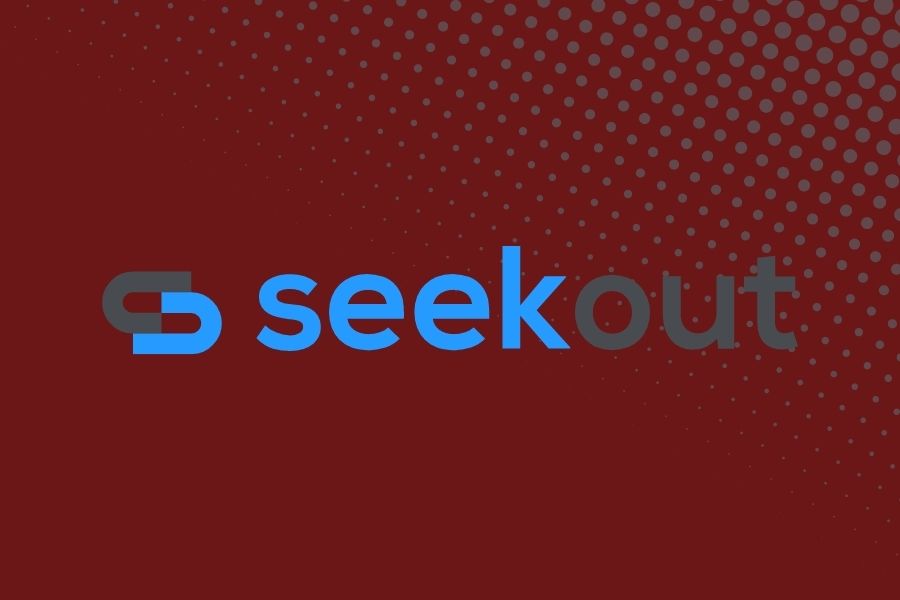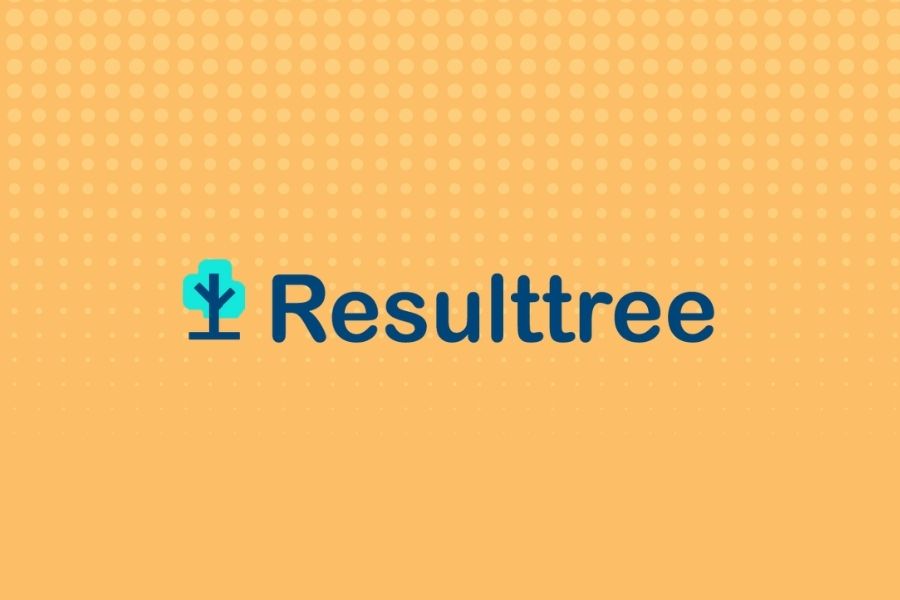Throughout 2021, social media was abuzz about the “the Great Resignation.” In the wake of the pandemic, much to the surprise of organizations, employees started quitting jobs in droves.
The people who’ve been leaving are mostly mid-career workers, predominantly in the tech and healthcare industry. While reasons for the Great Resignation range from the pandemic to greater mobility employees found after remote work, a significant factor contributing to the mass attrition is that many don’t feel valued.
The pandemic’s effect on people’s perspective about their lives and purpose has pushed job satisfaction to an all-time low.
Why are Employees Quitting in Alarming Numbers?
People quit jobs for many reasons, such as seeking change, higher pay or a prospect of growth. However, the recent wave of mass resignations is driven by the sudden shift in priorities precipitated by the pandemic.
Employees who have endured uninspiring careers are more likely to quit and pursue their “dream job” or transition into lifestyles they believe will add more meaning to their lives, such as being stay-at-home parents. Unsurprisingly, a catalyst for the change in how their employers treated them during the pandemic.
A recent Stanford University study that examined the relationship between the governance model of organizations and their negative demand evidenced that companies with lousy work environments experienced the highest attrition. Workers, who were already on the verge of quitting, finally became willing to make the leap.
Conversely, organizations with good culture and supportive employee treatment did well in employee retention. It is now clear that employees care most about how their employers treat them in terms of wages, benefits, opportunities and security. The pandemic highlighted the need for organizations to care more about their people.
Why is it Essential to Retain Employees?
Retaining employees is essential for multiple reasons, especially when those in question are top performers.
Here are the most important reasons why employers must focus on employee retention:
-
- Losing the top performers means the organization is losing critical knowledge and skills. The top performers contribute the most to any organization. When they leave, they take their expert knowledge without fully transferring it to others.
- Losing employees impacts team cohesion. New people take time to bond with the rest of the team and reach their peak performance. It also affects the morale of the other team members when they have to put in extra time to train the new hires.
- The cost of turnover is higher than most companies realize. One Work Institute report highlighted that the cost of employee turnover was $600 billion in 2018. SHRM estimates that the cost of replacing an entry-level employee is about 50% of their annual pay.
- Finally, the loss of one organization is a gain for the other in terms of knowledge, skills and experience.
Employee Retention Strategies to Retain Your Top Talent
In light of continuing mass attrition, organizations must do their best to retain their best. Here are 10 employee retention strategies to help with those efforts:
Build Better Manager-Employee Relationships
Managers have the most significant impact on employee attrition. The manager’s skill in handling teams can make or break employee engagement. Encouraging a healthy manager-employee relationship is the best way to curb improper communication, micromanagement, inappropriate advances, favoritism and other issues.
Managers who have high turnover rates need to be retrained on better employee management. Offering opportunities to bond through employee rewards and team outings can help in reducing attrition.
Offer Competitive Compensation Packages
The need to offer competitive pay cannot be overstated. Remote working changed the dynamics for large and small organizations as employers now face stiff competition to retain their talent.
When choosing a job, 47% of workers say that the company’s policy on remote work is important.
Employees are opting to go with the highest bidders in the market so organizations need to look at offering competitive salaries. If an increase in pay is not a possibility, the company will have to find other ways to reward its top performers with offerings. For example, company stock or equity plans so they do not become disgruntled with most of the bonuses going to the new workers.
Have a Great Rewards and Recognition Program
Considering that employees feeling undervalued was one of the factors that led to the Great Resignation, the need for rewards and recognition has never been greater. Everyone loves being appreciated for a job well done, hence rewards and recognition have a huge impact on employee motivation and engagement.
Organizations need to establish a rewards and recognition program that frequently appreciates employees on achieved milestones. Recognition has to be “social” and even opportunities such as work anniversaries and birthdays need to be considered to highlight individual employees.
Invest in Employee Up-Skilling and Development
Internal promotions are one way to ensure employees are satisfied with their compensation and career advancement. The other way is to equip them for the future by helping them learn and up-skill.
In a Workplace Learning Report, it is shown that 94% of employees are willing to stick with their employers if they are invested in employees’ professional development. Millennials and Gen Z workers see professional development as one of their highest priorities and feel that their organization cares for them when it invests in their future.
Establish Strong Internal Communication
In the era of instant social access, having a strong internal communication strategy is imperative to employee engagement and productivity. Unlike earlier generations where teams remained in information bubbles, the modern workforce needs regular and instant updates on the state of the organization and news.
Having a platform for robust internal communications where employees have instant access to information and a way to express their thoughts and opinions is the ideal way to improve transparency and build trust.
Encourage Transparency and Adherence to Organizational Values
It is important to be as transparent with employees as soon as possible. They are less likely to quit if they have a comprehensive understanding of their roles and responsibilities. This is also true for existing employees, as nobody likes being in a cocoon closed off from important updates regarding changes to organizational structure that can affect their roles.
Organizational values define teams and how they operate. Combined with transparency, it can boost employee trust and morale, making workers more loyal.
Identify and Value Candidates Who are Loyal and Share Your Vision
Every organization goes through its fair share of “job hoppers” who will jump at the next opportunity. Recruiters need to be on the lookout for those who share an organizational outlook and have a record of staying for the long haul.
This also means recognizing and valuing existing loyal employees and offering them incentives to stick around. Workers whose values align with the organization tend to stay longer.
Solicit Feedback and Act on Improvement
Feedback is critical to gauging whether your employee retention efforts are working. Without a reliable feedback system, employers will be left with incomplete information and thus ineffective programs.
While yearly and twice-yearly feedback sessions have been around for a long time, they are not appreciated by the existing generation, who are used to voicing their opinions instantly. What’s needed is a system of weekly or monthly feedback that recognizes pain points and opportunities for development.
Once an issue is recognized, immediate attempts should be made to address the situation so the employees know that their voice matters. Taking immediate action improves employee morale and removes impediments to productivity.
Value Employee Health and Well-Being
It is imperative to have a healthy workforce to maintain productivity. Poor physical and mental health increases sick leaves, causing delays across the organization. Investing in wellness programs works out to be more economical than losing productivity regularly.
Establishing programs that help employees cope with stress can go a long way in making them feel less overwhelmed and overworked. There is plenty of research to show that stressed employees are less productive.
Offer Perks and Be Flexible
Perks such as flexible schedules, extra vacation and other benefits motivate employees to stay longer. Since the pandemic lockdowns proved that remote work can be productive, it will be one of the most sought-after perks among new hires.
Remote working helps employees have better work-life balance and even travel and pursue a more fulfilling lifestyle. Work flexibility scores the highest with the new generation of workers who seek more fulfillment from their jobs, not just compensation.
Conclusion
The Great Resignation made it clear that employees want more fulfillment from their jobs. They are not leaving only because an opportunity elsewhere is better, but because they have a new set of requirements for their employers.
People are more likely to stay in jobs that value them as employees and inspire them to contribute toward something significant. As they settle into roles that resonate with them, employers have an opportunity to make them feel valued, even as they increase engagement.
















